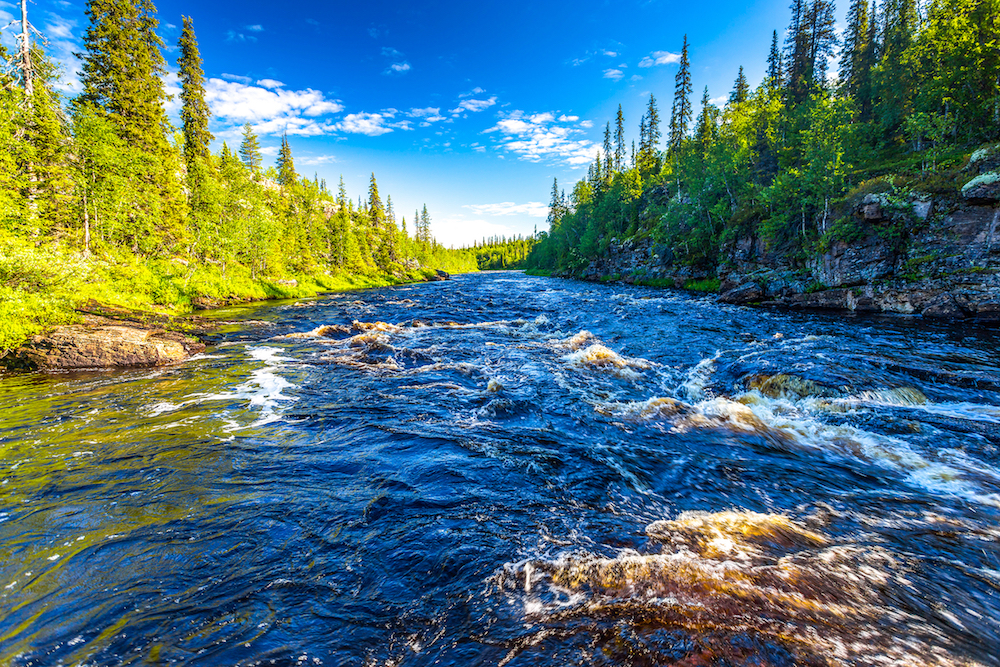
Freshwater streams and rivers are being polluted with salt
Recent research has found that human activity is pushing salt into freshwater rivers and streams across the United States. The increased levels of salinity and alkalinization are damaging now water pipes and compromising drinking water.
A new study, conducted by researchers from the Cary Institute of Ecosystem Studies, the University of Maryland, the University of Virginia, and Chatham University, is the first of its kind that takes a long-term approach to analyzing freshwater streams and rivers to show increases in salt levels.
“Long-term monitoring is vital to understanding the pressures facing our nation’s freshwaters from increased salt loading, and for guiding strategies that protect drinking water,” said Gene E. Likens, a co-author of the research.
The study was published in the journal Proceedings of the National Academy of Sciences.
According to Likens, road salt, irrigation runoff, sewage, and acid rain are some of the major drivers of increased salt levels in freshwater. As salt and alkaline levels increase in rivers and streams, it changes the chemical composition of the water.
The researchers found that in the midwest, fertilizers had the biggest impact on salt runoff, whereas in the northeast, winter road salting was the biggest culprit.
Salt ions and an increase in alkalization can leach lead from water pipes that supply drinking water to cities, which can cause numerous health problems.
The researchers reviewed five decades of data from 232 U.S Geological Survey stream water monitoring sites.
The results showed that 37 percent of the drainage area of the continuous US had a drastic increase in both salinity and alkalization, and these increases were found in major rivers like the Mississippi and the Potomac.
“Many people assume that when you apply salt to the landscape, it just gets washed away and disappears. But salt accumulates in soils and groundwater and takes decades to get flushed out,” said Sujay Kaushal from the University of Maryland, the study’s lead author.
The study is important because of its use of long-term data that shows how much water sources are affected by salt runoff from human activities. The next steps are finding ways to mitigate salt runoff and decrease alkalinization in rivers and streams.
Some of the recommended management strategies include wetting roads before salting them so the salt sticks to the pavement, or using brine instead of salt to stop ice from forming.
Another important takeaway from the study is that drinking water pipes need to be monitored for signs of corrosion or mineral deposit buildup.
“In the US, many rely on a patchwork of aging pipes to bring drinking water into their homes,” said Likens. “Lead in pipes, solder, and joints is not uncommon, especially in our older cities. These pipes are vulnerable to saltier, more alkaline water, which can release toxic metals, such as lead, and other contaminants.”
—
By Kay Vandette, Earth.com Staff Writer













